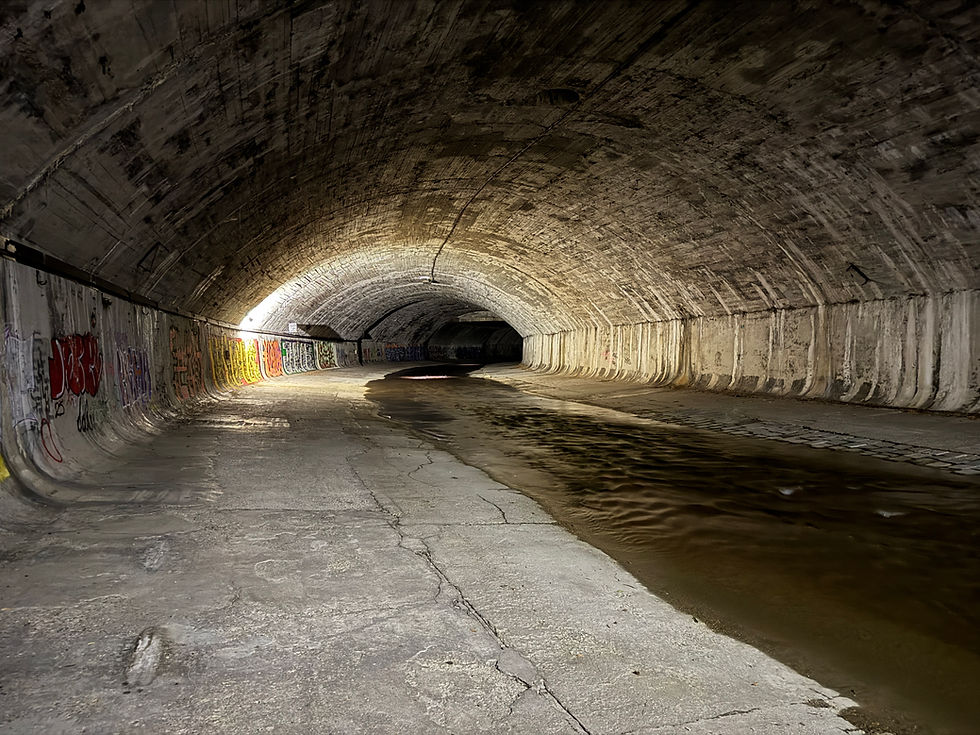Unteres Belvedere - the Hidden Gem of the Belvedere Museum Family
- Mika Vepsalainen
- Oct 29, 2022
- 3 min read
Updated: Apr 19, 2023
Join us for a visit to the Lower Belvedere, an old hunting hub turned to a seemingly modest mansion and be surprised by the gold galore inside!

The Belvedere Palace is a Baroque palace complex consisting of the Upper and Lower Belvedere. In this review we shall have a look at the Lower Palace that was built first, between 1712 and 1716 by Johann Lukas von Hildebrandt. For the Upper Belvedere and the most recent Belvedere 21, see our separate reviews.
Prince Eugene of Savoy had bought the land in on 30 November 1697 from the imperial physician Dr. Franz Stockhammer south of Rennweg, the main road to Hungary. Eugene planned to design a garden with a small building as his summer residence but he managed to submit a request for a building inspection only on 5 July 1713.
Eugene used the Lower Belvedere as his residence until the Upper Belvedere was completed and you can truly see the feudal splendour in the Grotesque Hall, the Marble Gallery and the Golden Room.
After Eugene's death in 1736 the palaces ended up in the hands of the imperial family and Emperor Joseph II moved the imperial picture gallery there. For instance, Archduke Ferdinand's famous "Ambras Collection" was exhibited in the lower castle in 1811.
The Modern Gallery was opened in the Lower Belvedere in 1903 and renamed the Austrian Gallery in 1912. After the collapse of the empire, the Republic took over the Belvedere Palaces in 1919 and the use of the museum was extended to the Upper Palace, too. What had been a temporary accommodation for the Austrian Gallery in the Lower Belvedere in 1903, became a permanent museum.
The building is a piece of art on its own. Prince Eugene received guests in the Marble Hall and hosted his own and his visitors' horses in the stables. From the outside, the garden palace may appear somewhat modest but as soon as you step inside you will see how the gold cabinet truly lives up to its name with the walls shining from all sides, decorated with mirrors and gold paneling. The rest of the palace will continue to impress you with the magnificent ornaments of the Grotesque Hall and the delicate white wall relieves, the sculptures and ceiling paintings of the Marble Hall. Next to the Grotesque Hall is the Orangery, with stone floors and tall, large windows that flood the space with light - you will usually find temporary exhibitions there.
For the lovers of medieval art, the Palace Stables is a must with a collection of sacred art from the Middle Ages: winged altars, paintings of worship and medieval life, and wooden sculptures, including a sweet innocent lamm!
A certain fountain master Dominique Girard, fontainier du roi in Versailles from 1707 to 1715 made the garden plan in the spring of 1717 - have a look before you move on. You can access it either from the Stables or from the Museum Shop.
The Parkcafé serves food and drinks when the museum is open, a very nice idea for a Mélange or even a lunch after the museum visit.
The Museum together with the museum shop and the café is nicely accessible with a ramp for wheelchairs and prams at the main entrance in Rennweg.
There is a vey nicely designed accessible loo in the museum and another one in the orangerie. For the museum one, take the lift in the Parkcafé down to the loo and the cloakroom where they also have nice lockers for your bag and umbrella. In the Orangerie, the loo is behind the exhibition. You can either step out at the end of the exhibition or walk or roll though the design corridor on the left.
Unteres Belvedere
Rennweg 6, 1030 Wien
belvedere.at












































Comments